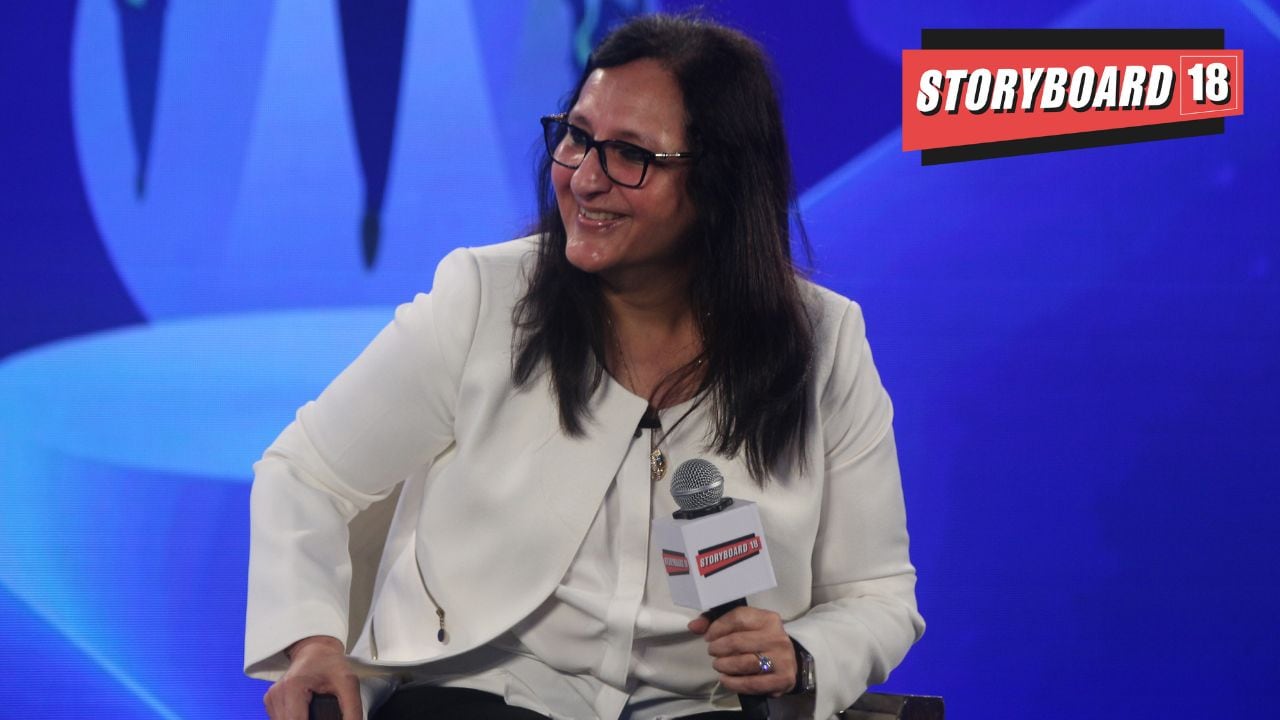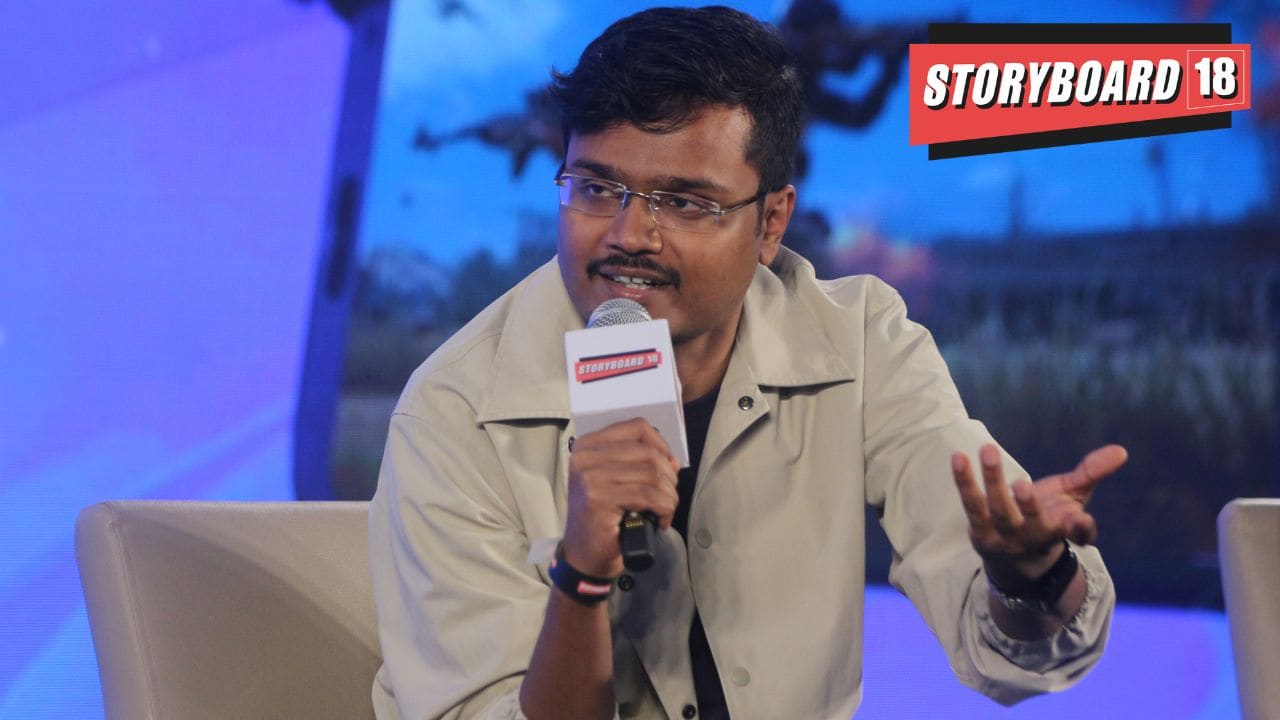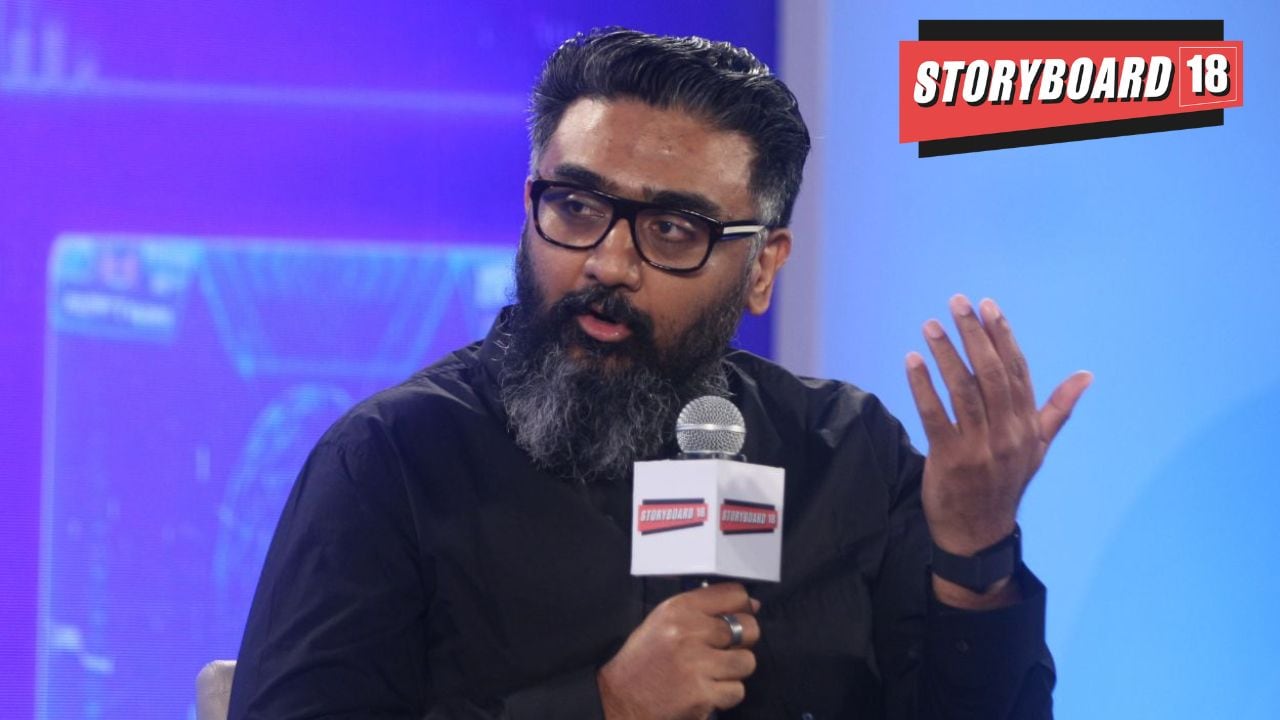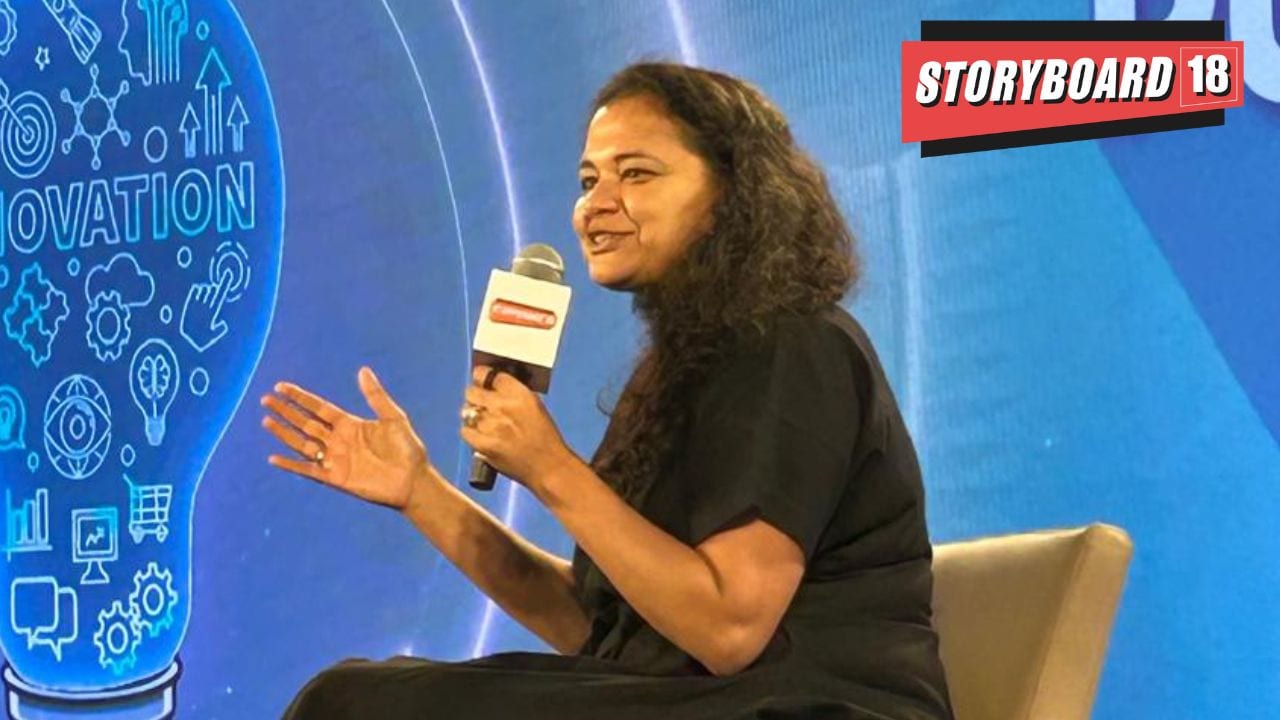The NCLAT upheld key findings of the Competition Commission of India (CCI)’s antitrust order, confirming Google’s unfair imposition of its Play Billing System (GPBS) on app developers. However, the tribunal reduced Google’s penalty from ₹936.44 crore to ₹216.69 crore.
Author: Indrani Bose
Diageo’s Hina Nagarajan stresses on diversity even as global corporates downplay
Since 2017, Diageo India’s workforce diversity has grown from 7.5 percent to nearly 30 percent, with over half of its executive committee now composed of diverse representation.
SEBI targets misleading finfluencers, AMFI’s role under the microscope
The SEBI chairman also voiced concern about the lack of registered investment advisers in India, and the need for more people to enter that profession.
Krafton’s Srinjoy Das at GPS 2025: Future of gaming marketing is symbiotic, social, and surprise-driven
At Storyboard18’s Global Pioneers Summit, Srinjoy Das, Associate Director of Marketing, Krafton India and Rahul Mathew, Chief Creative Officer & Executive Director, DDB Mudra Group discussed how creativity, community building, and brand partnerships are shaping the future of gaming in India.
WPP’s Daniel Hulme: ‘You won’t beat your competitors without differentiated AI talent’
At Storyboard18’s Global Pioneers Summit, Daniel Hulme, CEO, SATALIA and Chief AI Officer at WPP, outlined artificial intelligence’s transformative role in marketing, business, and beyond—highlighting both its vast potential and ethical challenges.
Sanjay Sachdeva appointed as MD and CEO at Bajaj Electricals Limited
Joining Hindustan Unilever as a Management Trainee in 1989, Sanjay Sachdeva spent over three decades at the conglomerate, moving across various marketing, sales, and general management leadership roles.
‘Largest employer in the world is inefficiency’: CRED’s Kunal Shah at Storyboard18 Global Pioneers Summit
At Storyboard18’s Global Pioneers Summit, Kunal Shah, Founder and CEO of CRED reflected, “Ironically, many experts are in denial of AI. But people like me, who never claimed to be experts, are embracing it.”
Colgate-Palmolive’s Prabha Narasimhan on prioritising integrity in business
At Storyboard18’s Global Pioneers Summit, Prabha Narasimhan, MD and CEO, Colgate-Palmolive (India) stated, “With media fragmentation, we can’t just broadcast anymore—we have to engage. That means turning what used to be a monologue into a dialogue.”
TV ad market down 6%, fewer ads, 12% brand drop cited: Report
YouTube’s reach in India has grown to 63% of TV’s reach in 2024 (it was 61% in 2023), driven by increased internet adoption in HSM states like Bihar, Jharkhand, UP, Uttarakhand, Rajasthan, and the Northeast where 95% of its users consume content in local languages.
Rs 9 billion cinema ad surge driven by PVR-INOX: FICCI-EY Report
Given the environment of caution in 2025, fewer films will be produced on account of rising production costs, less digital and broadcast pre-funding/ pre-sales of rights, and higher dependence on theatrical revenues, especially for certain categories of small or mid-budget films.









